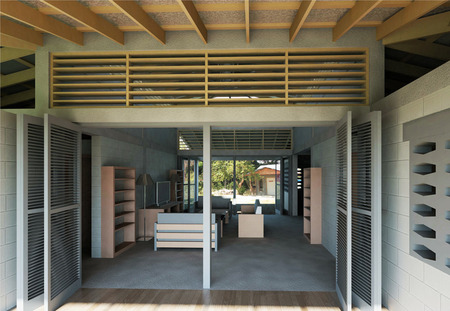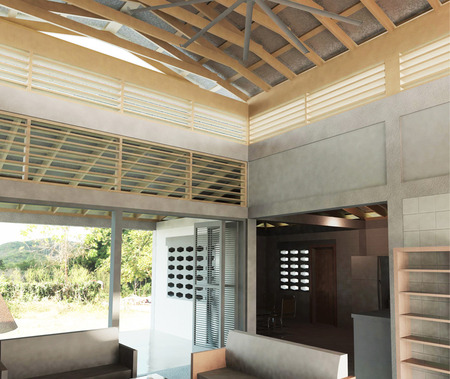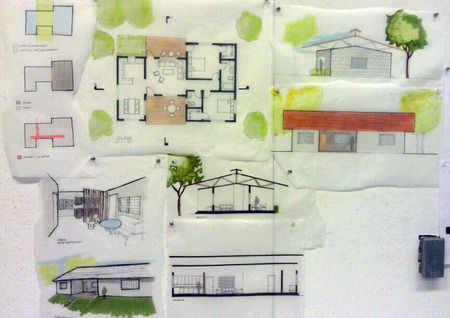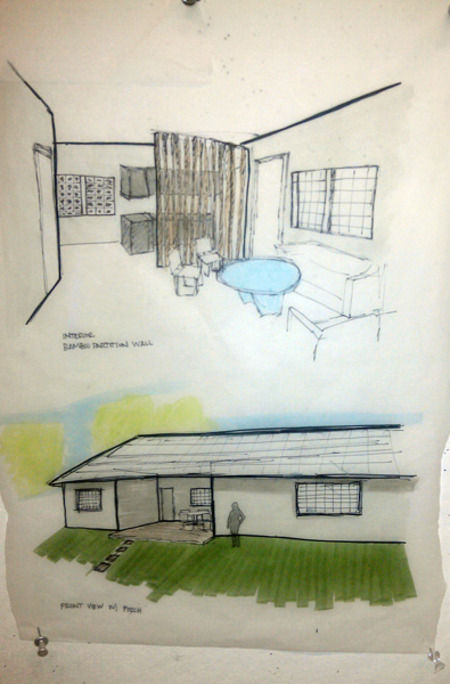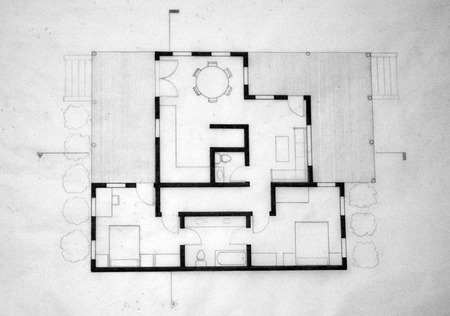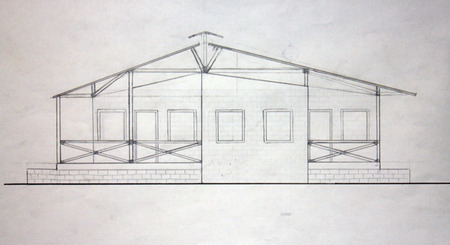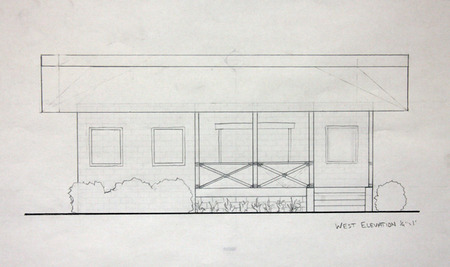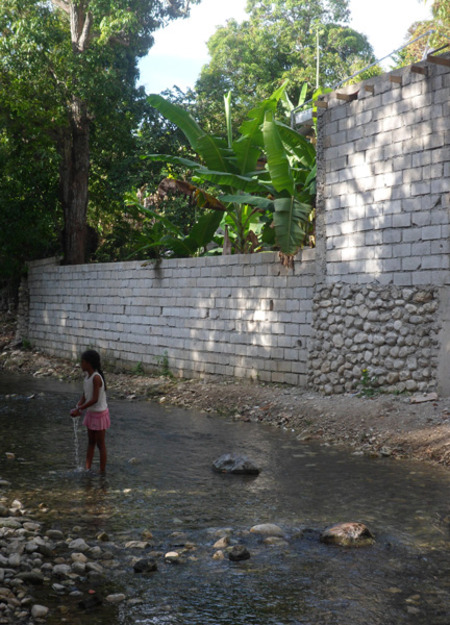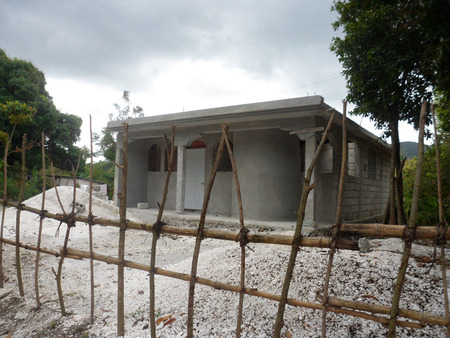Reflecting on the Haiti experience
 Tuesday, May 8, 2012 at 11:24AM
Tuesday, May 8, 2012 at 11:24AM Looking back over the semester-long project, we realize what a great experience it has been! We knew from the beginning that we would be stepping outside of our normal realm of thought into another culture, another land, and another world.

Our visit to Haiti was invaluable. It played a key element in understanding the culture and life of Haitian people. Surveying the site, visiting market, and interacting with community members gave us a more clear understanding of who we were designing for. Our greatest challenge was proposing schematic design to Joy and Jean Thomas before having been to Haiti to see the site first hand. None-the-less, we worked hard to create a holistic design and presented it to them in Haiti. Having them as a constant contact for the project was extremely helpful in our design process.
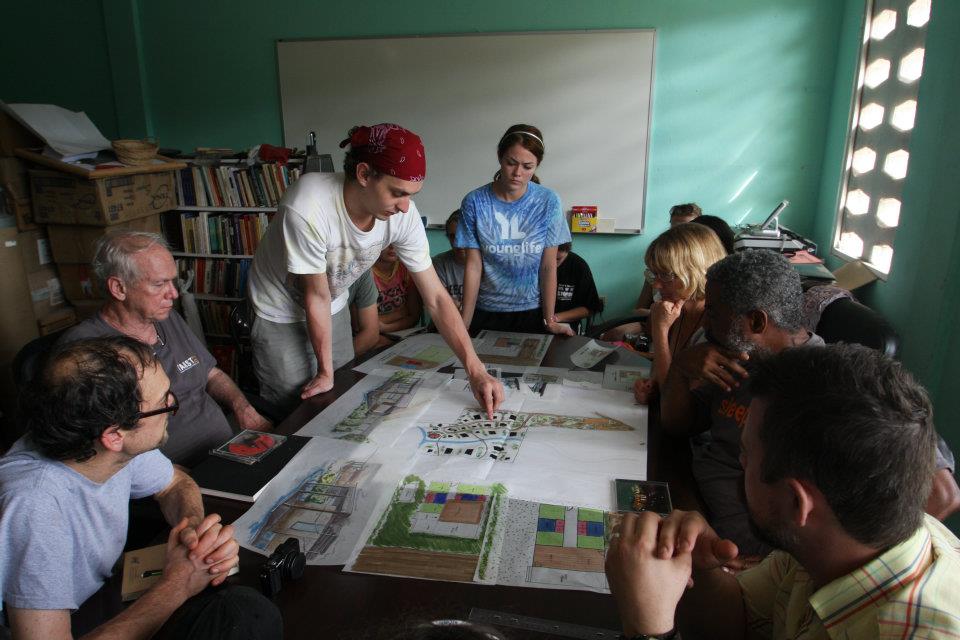
We felt humbled after our visit to Fond-des-Blancs and were even more eager to begin designing for the Haitian people. We wanted to connect with their thoughts, their fears, and use that to drive our design.
One of the best parts about this project was the diversity in scale. We started off designing the entire site, including public gathering spaces, roadways, walk ways, etc. Once a site plan was finally worked out, we began designing individual houses. This led us to the smallest of details, including millwork drawings and material finishes. This range of scales allowed us to think on multiple levels of design. We had previously not thought holistically about site design.
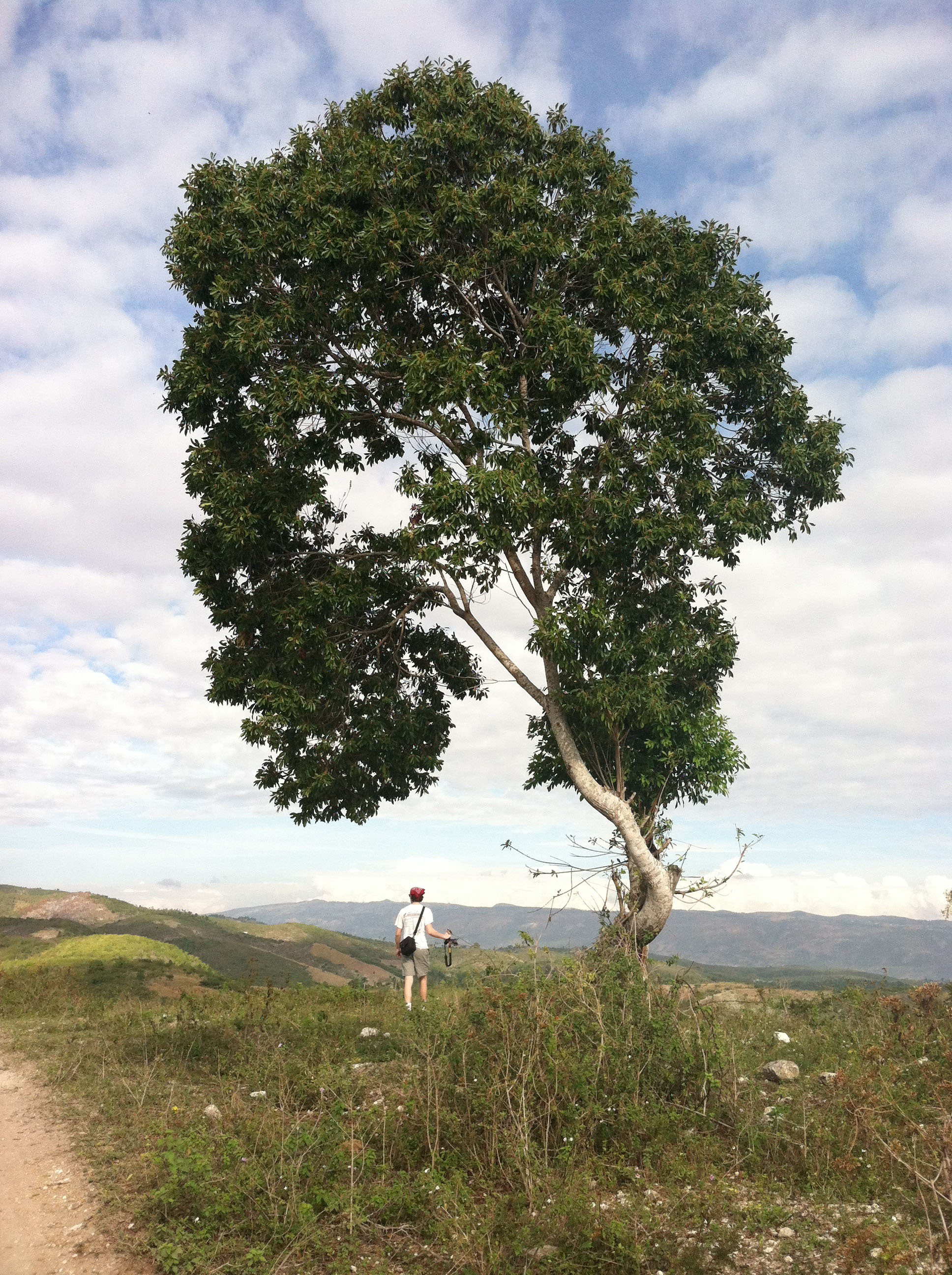
Overall, the "Urban Alternative" Haiti experience was priceless to our education. It challenged us to immerse ourselves in a very unfamiliar culture and design for what they would see as attractive and valuable. As much of a challenge as it was, it was also a blessing. While we still have many years to continue learning design, this experience has aided in our education and overall wellbeing to become better designers and better people.
 Architecture for Humanity,
Architecture for Humanity,  Haiti,
Haiti,  UTK,
UTK,  team work in
team work in  Cassidy Barnett,
Cassidy Barnett,  Team 2,
Team 2,  Zach Smith
Zach Smith 




